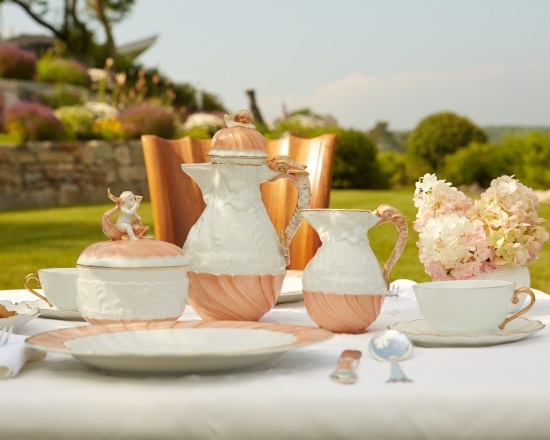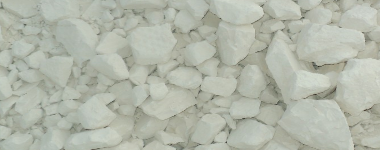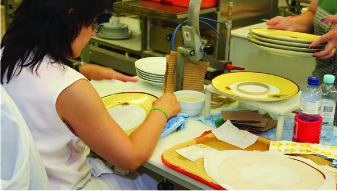
Differences Between Bone China and Porcelain Dinnerware
Learn About Porcelain & Fine China
Porcelain is a specific type of ceramic material.
Its main ingredient is Kaolin a naturally occurring ore.
Kaolin is a pure white powdery substance that is decomposed granite. When added to elastic, naturally occurring clays, it allows the clay to be fired in an oven at very high temperatures (1900 to 2300 degrees F). During this process the fired clay melts and turns into a glass-like or stone like material and, this process is called vitrification.
Fine porcelain is a white, glassy, and durable material. A fine piece of porcelain is even-colored and blemish-free and, porcelain always contains Kaolin which is granite that has decomposed. When added to elastic, naturally occuring clays, it allows the clay to be fired in an oven at very high temperatures (1900 to 2300 degrees F). During this process, the clay melts and turns into a glass-like or stonelike material. This is called vitrification.

Fine porcelain is a white, glassy, and durable material. A fine piece of porcelain is even-colored and blemish-free. It always contains Kaolin










